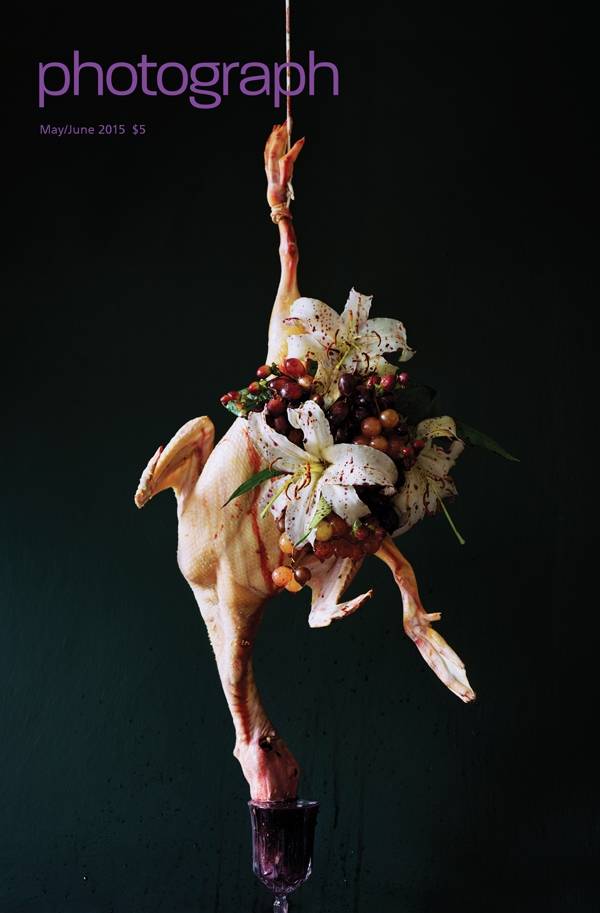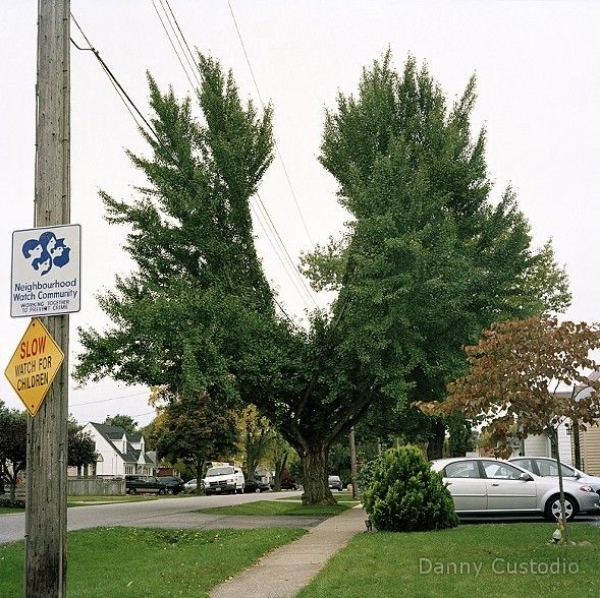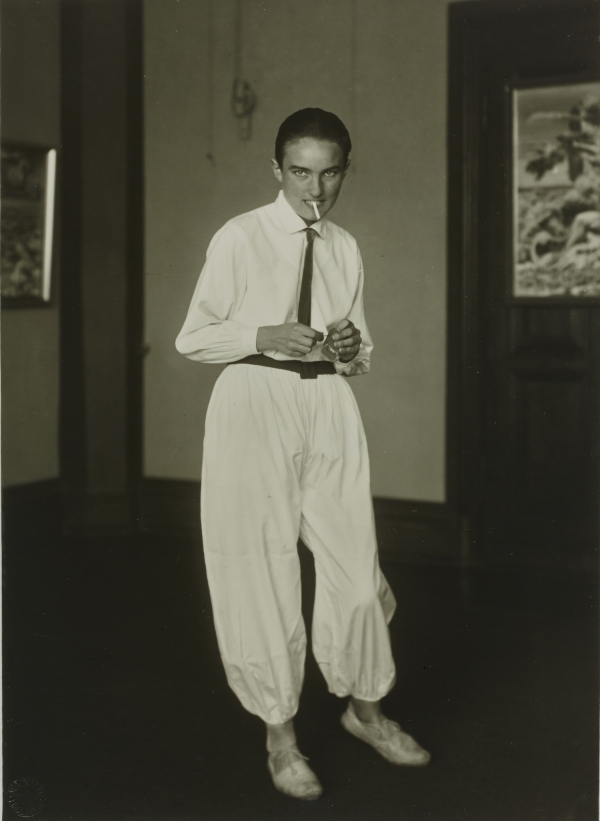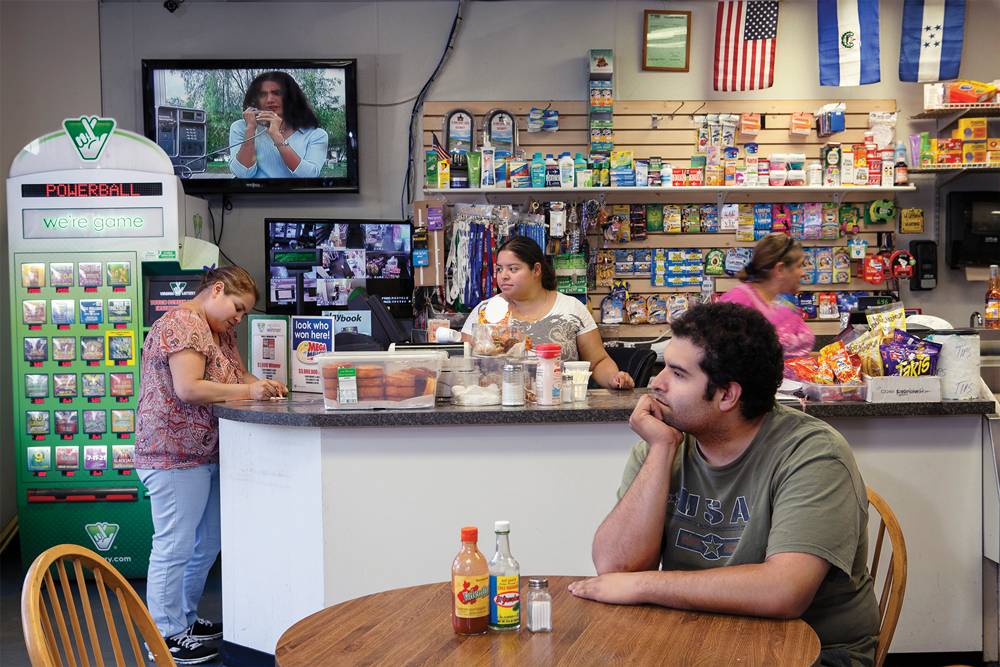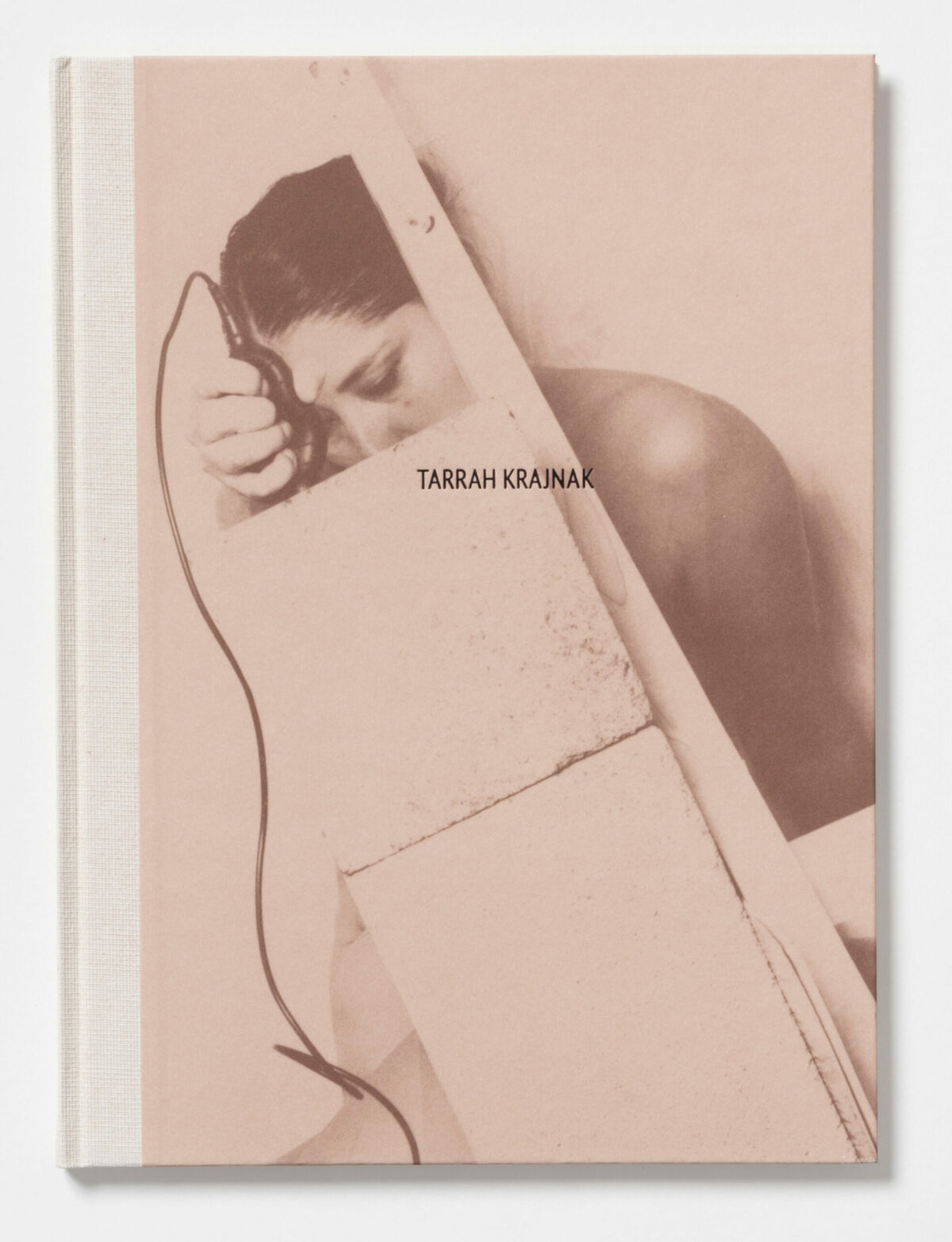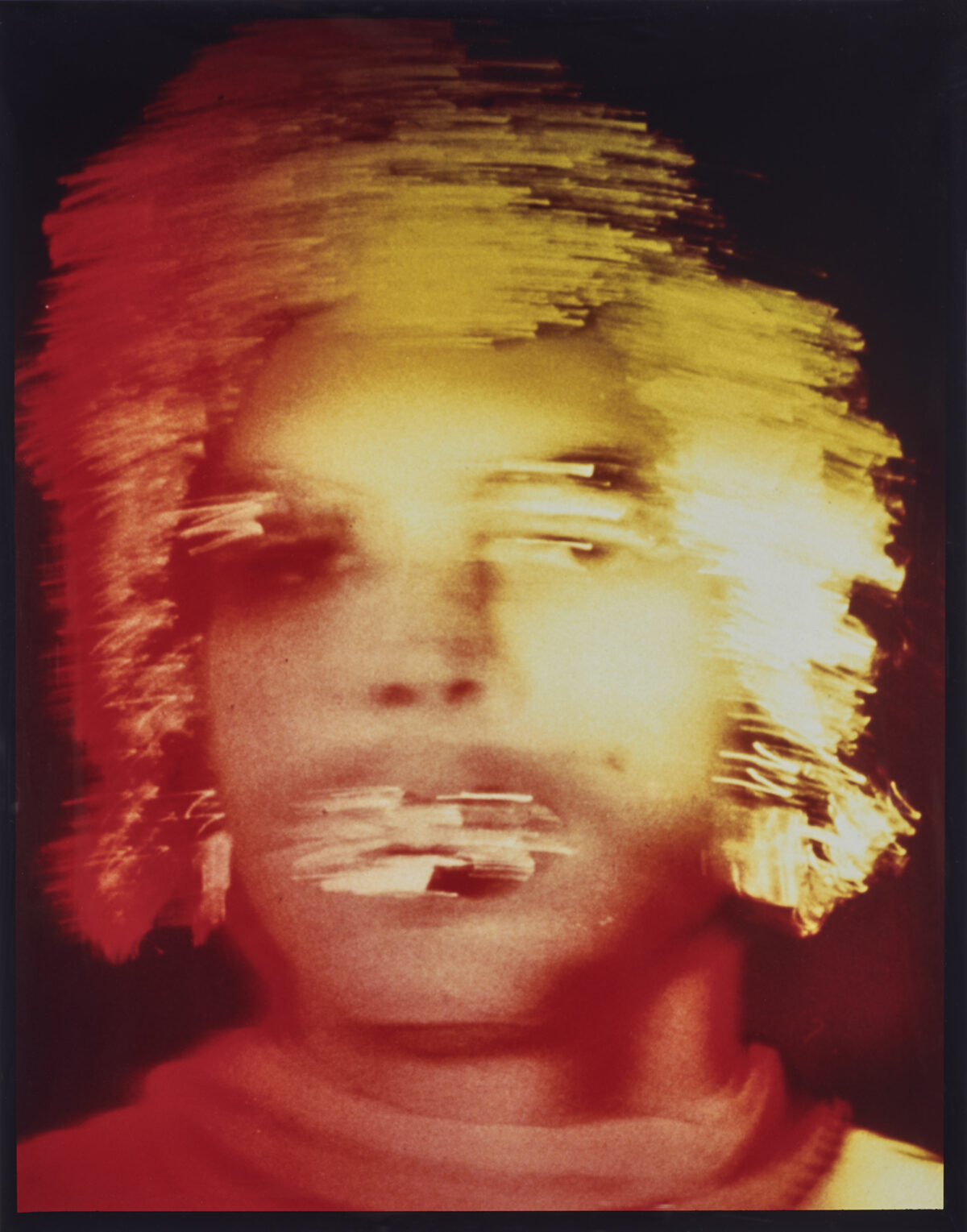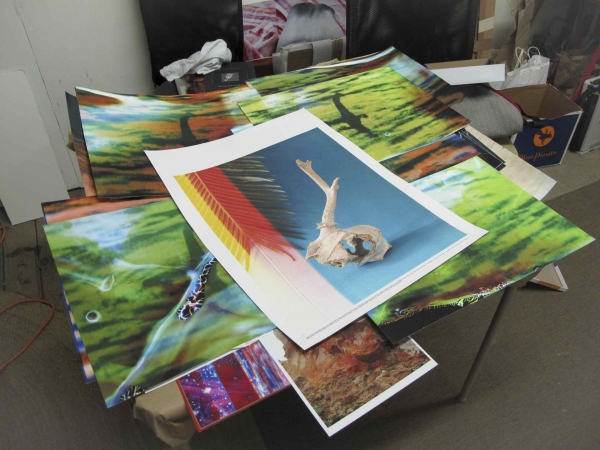Arlette Kayafas is as calm and collected as any gallerist could be on the afternoon before an opening. Quite an accomplishment, considering that the featured artist is her son. “Do you know the work of Peter Kayafas?” she asks with just a hint of motherly pride in her voice. “He’s in a show at the Ariel Meyerowitz Gallery in New York [through May 7], he’s in collections at the Museum of Modern Art, the Brooklyn Museum, and SFMOMA; and he runs the Eakins Press Foundation.” It’s Kayafas’s close proximity to her artist that, somewhat paradoxically, makes the bullet point list of his credits sound all the more professional. But she can’t help adding, “He had a show when he was six, but he prefers me to say that he started photographing in high school.”
For Kayafas, intimacy is a raison d’être for her business. The 57-year-old Boston-based dealer opened the doors to Gallery Kayafas only two years ago. But 37 years of building up a sizable private collection (some 10,000-plus images) with husband, Gus Kayafas, precede the venture. “I came to this not as an art historian or a career dealer, but as someone who has been looking at photography and collecting for a long time—fortunately, from masters.” Harry Callahan, Aaron Siskind, and Harold Edgerton were not only among the couple’s early acquisitions, beginning in the late ’60s when Gus (now the founder of Palm Press Inc.) was doing graduate work at the Rhode Island School of Design, but they were also friends. Garry Winogrand and Lee Friedlander, whose work is also included in their collection, were folks the Kayafas’s became acquainted with when, in the ’70s, Gus ran the lecture program at the Mass College of Art. Arlette laughs, “When Gus and I were married we had a Minor White portfolio on the wall and no furniture. All the money went into our collection.”
Now Kayafas fills her 1,500-square-foot gallery, located in a former power plant on Boston’s South End, not only with the work of the established, but with a strong contemporary stable of newcomers as well. Whether old or new, the pairings make for interesting play. A show in October 2003 united pictures of children by August Sander from the early 1900s with photographs by local 83-year-old lensman Jules Aarons of kids from the North and West Ends of Boston in the 1950s. It wasn’t until after the show that she learned Aarons considered Sander a visual mentor.
Like any good collector, Kayafas finds unspoken connections that run a little deeper than what is simply visual to be particularly appealing. Twenty-three-year-old Julie Melton takes images of her family and friends in rural Montana—a 93-year-old grandmother dressed to go square dancing; brothers displaying prizes just won by their pigs at a 4-H fair. Kayafas found a sympathetic foil for Melton’s photographs in Alexandra de Steiguer’s gelatin-silver prints of the Maine landscape. De Steiguer’s series, called Isles of Shoals, has a haunting emotional quality—a family of three dark rocks holding their ground while white water courses and breaks dramatically around them; a lonely inlet where some tall weeds in the foreground seem to stand sentinel.
“Alexandra is the caretaker of these islands for the long months of winter, and she knows them well, spending as much time with them as a person would with a family,” says Kayafas. “There’s an”—there’s that word again—“intimate connection to them, and I like that. Family always comes with baggage.”

